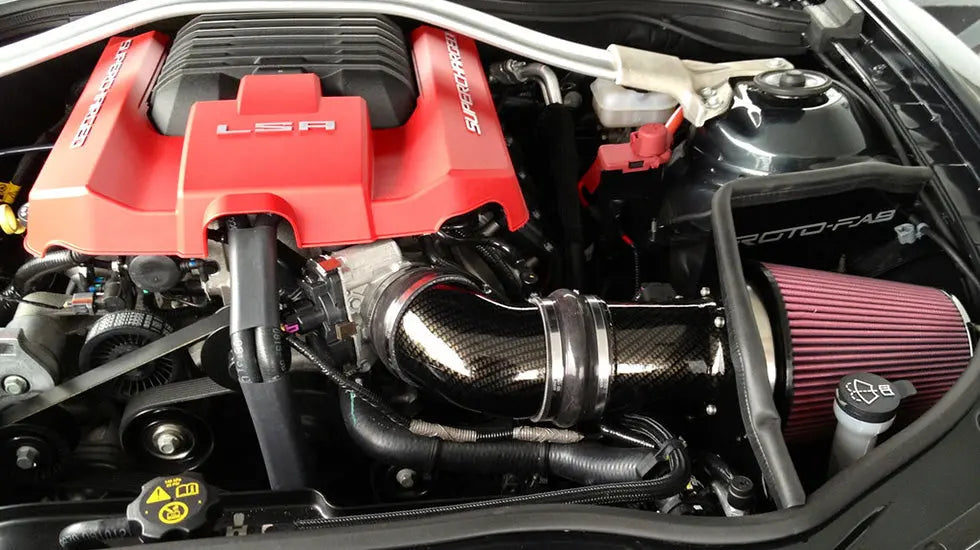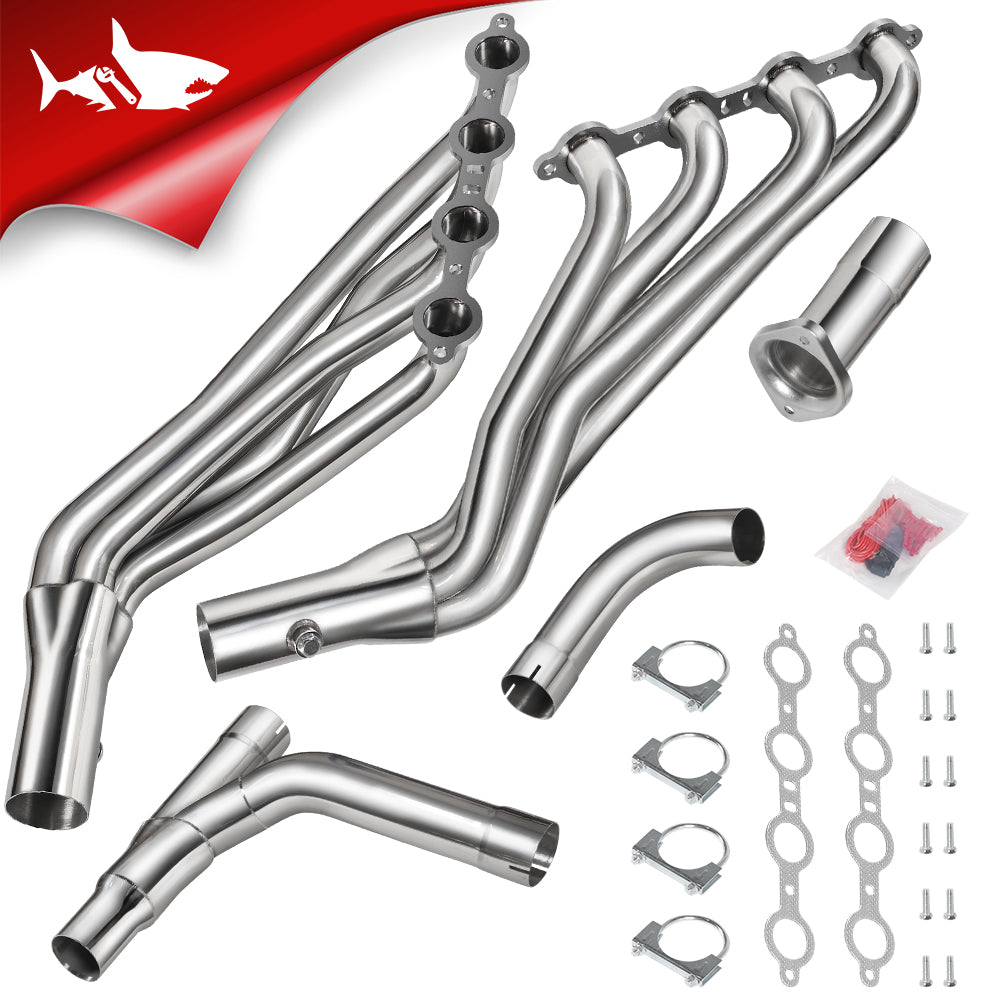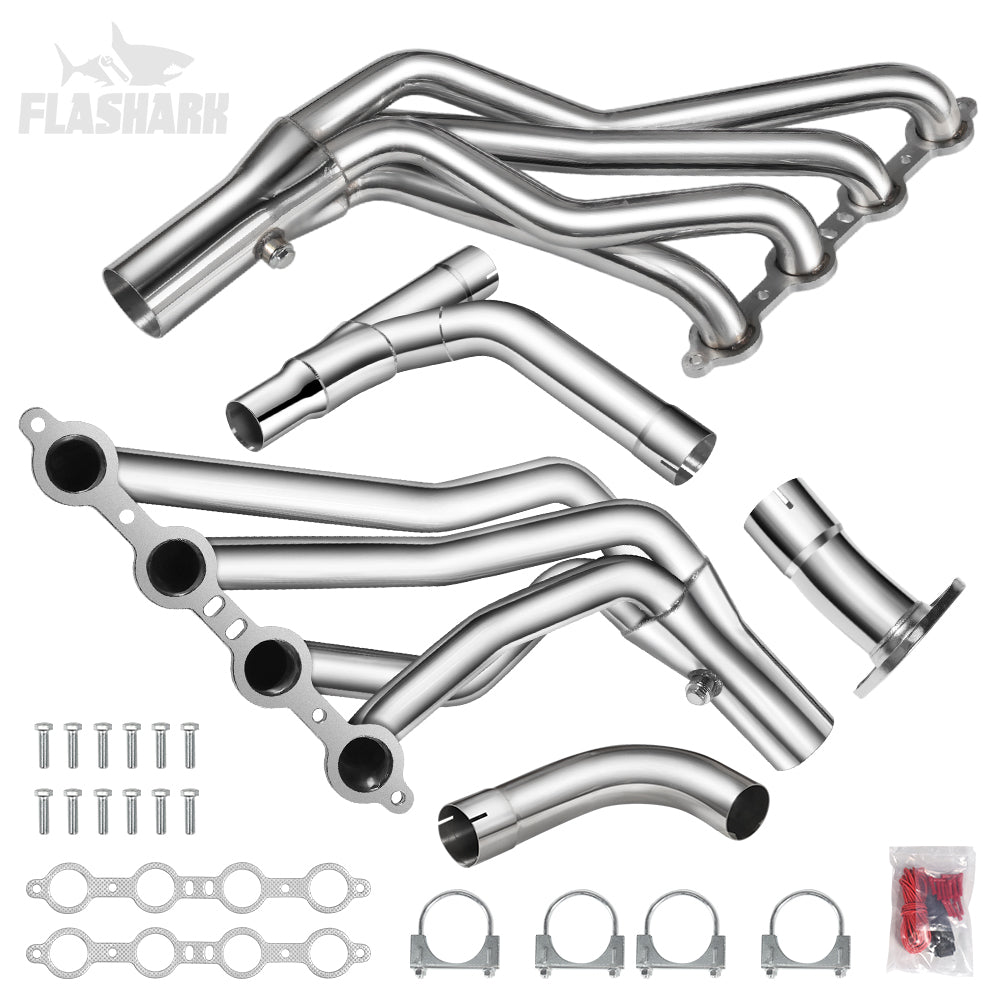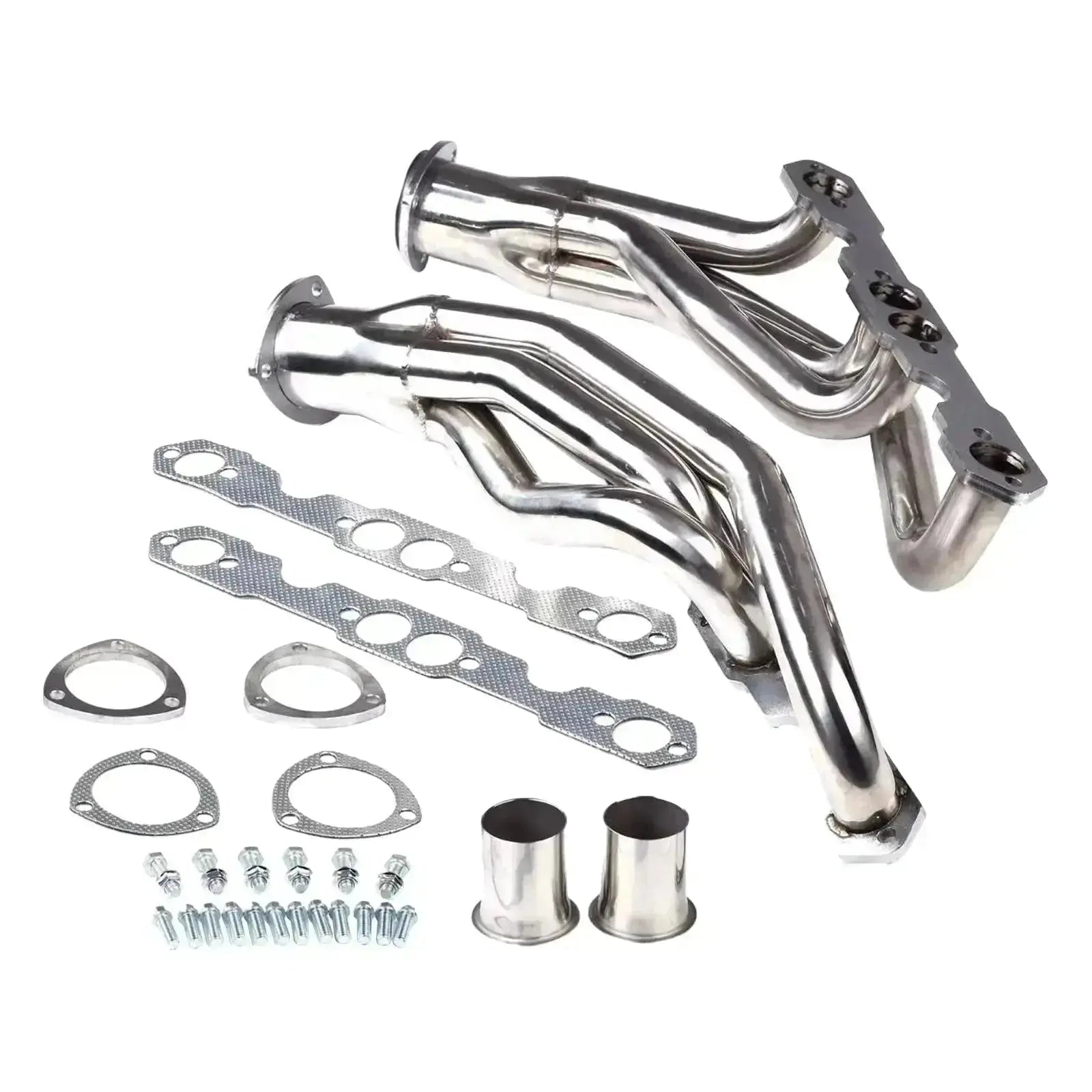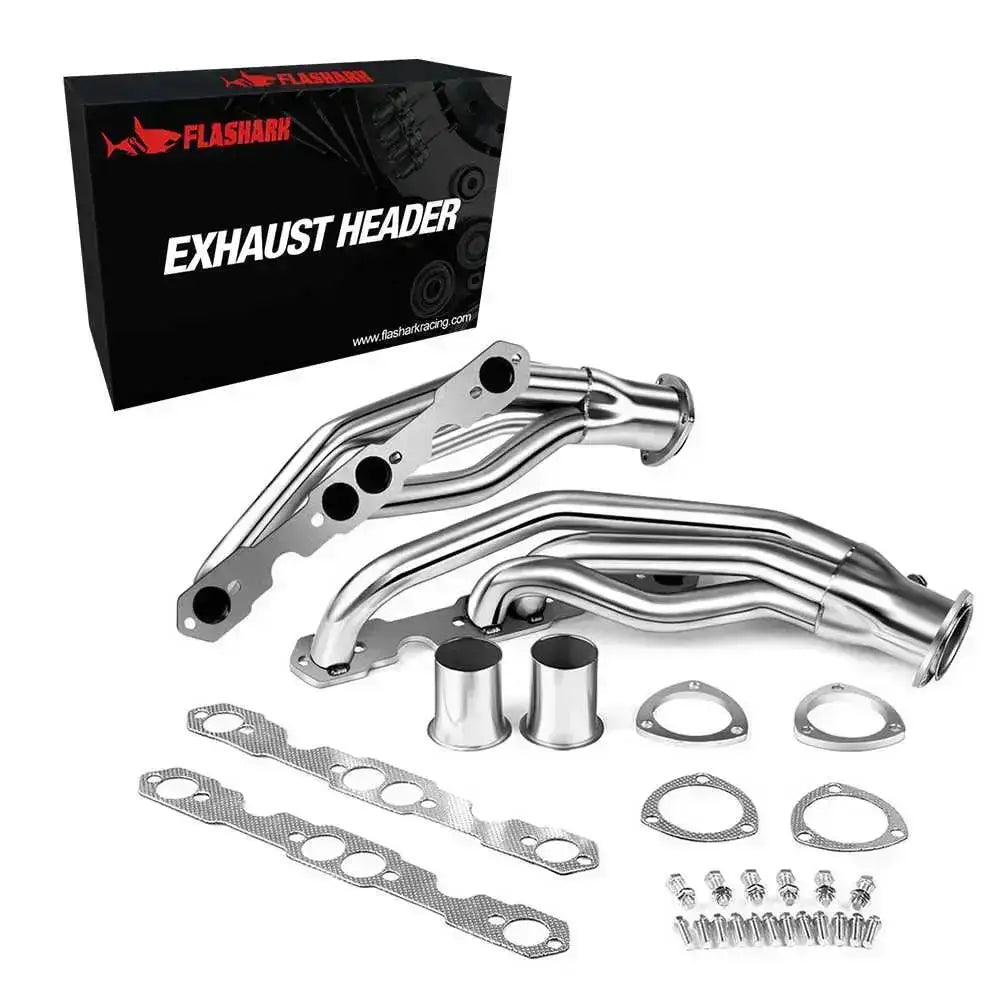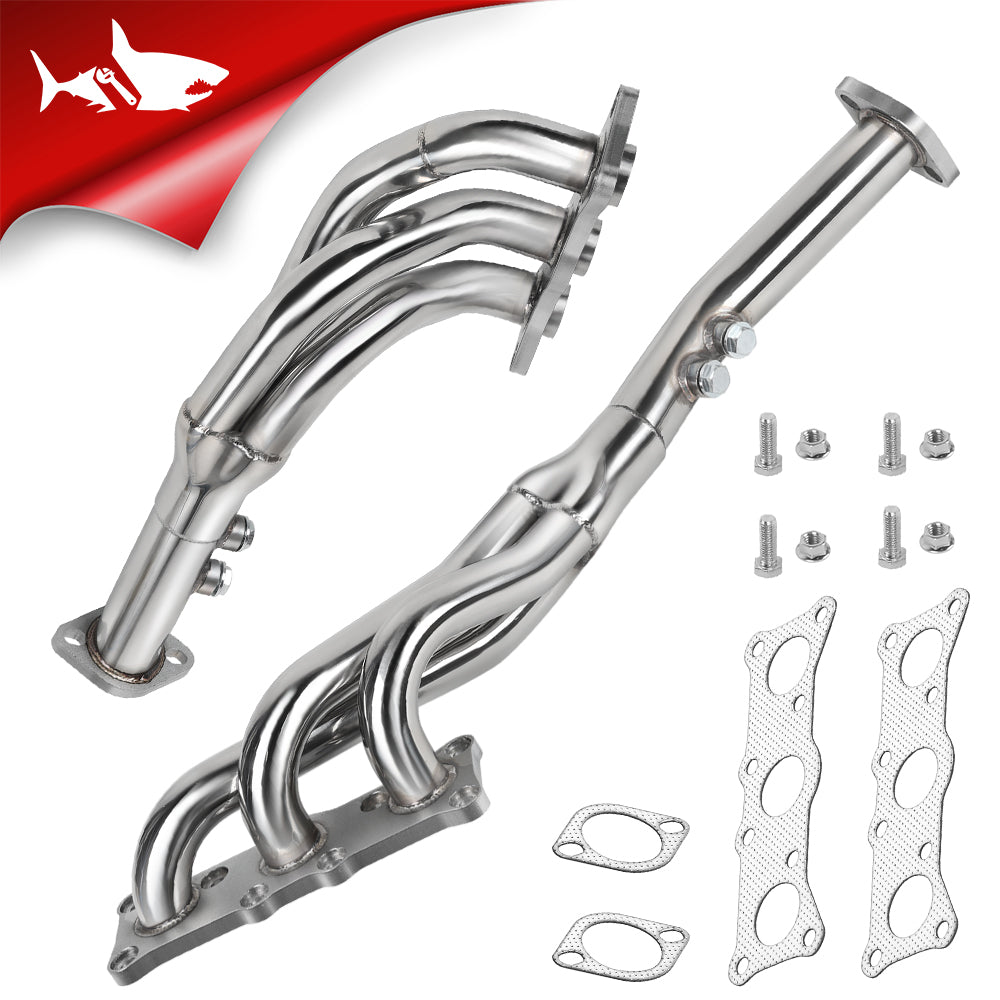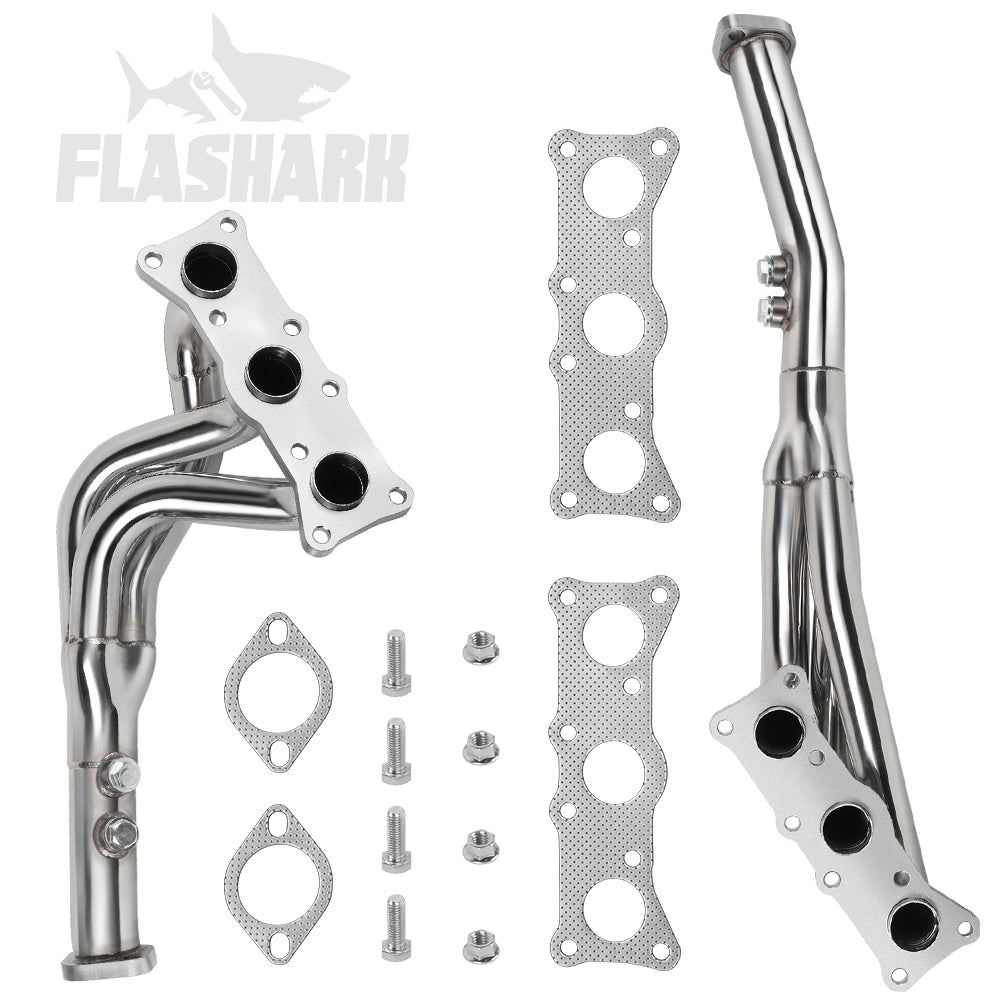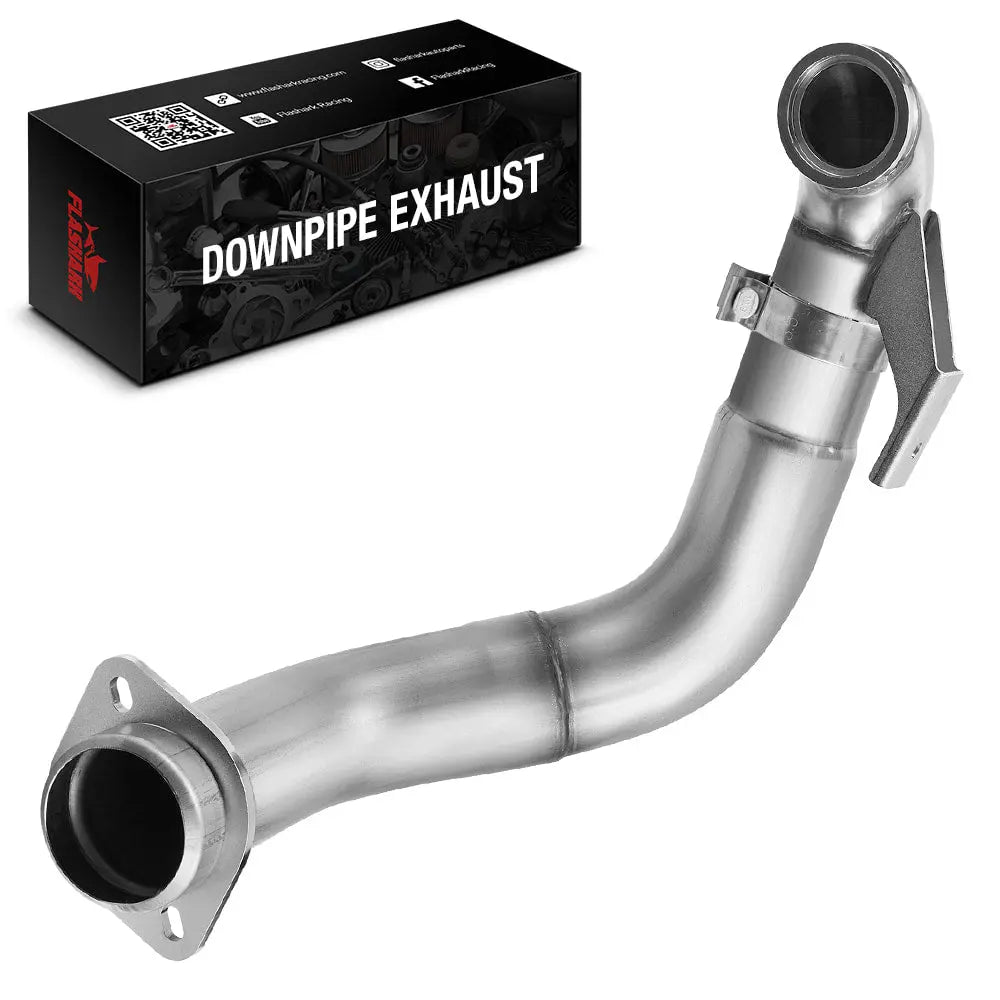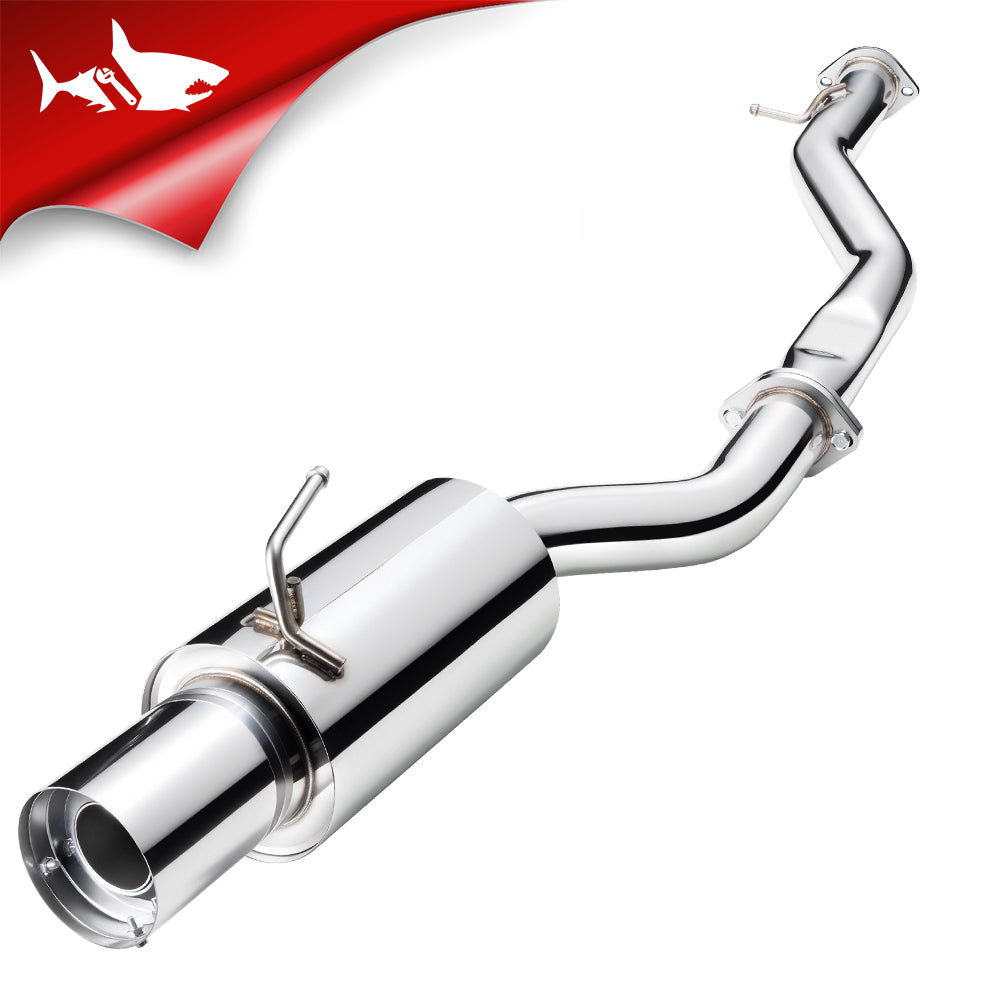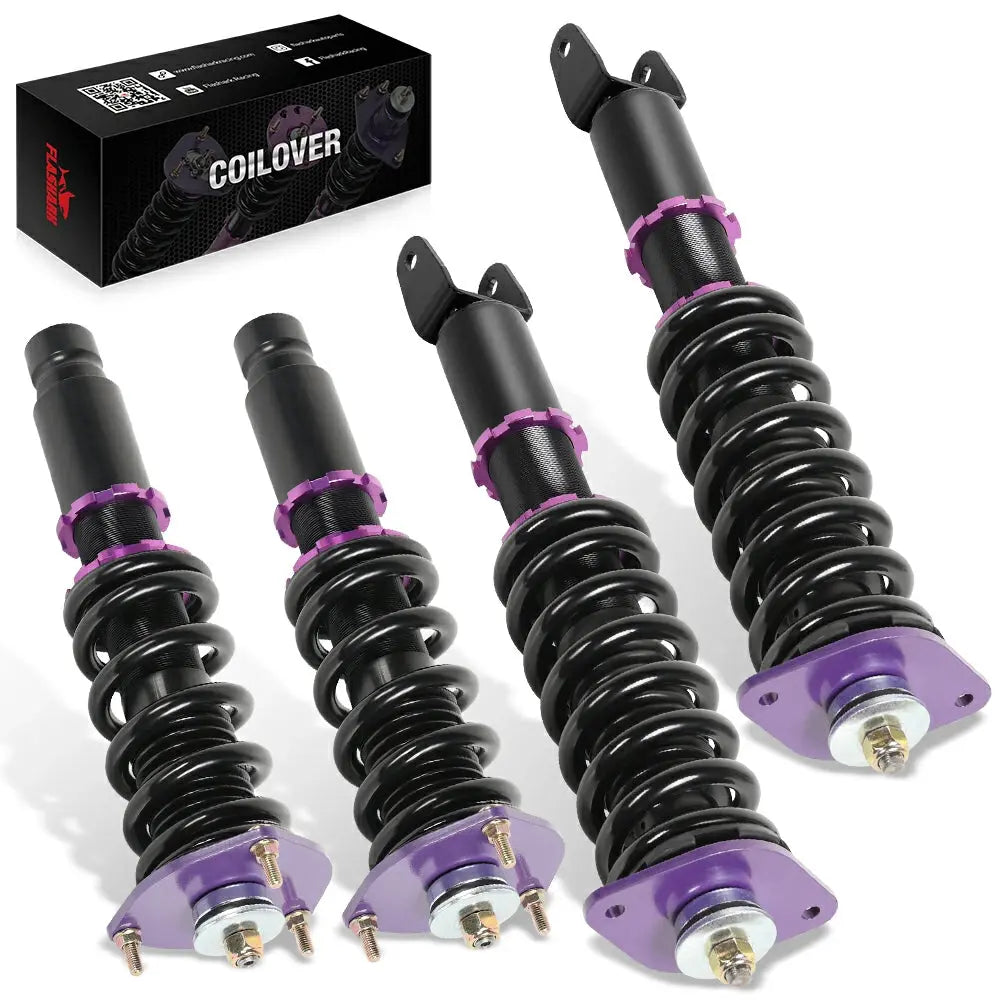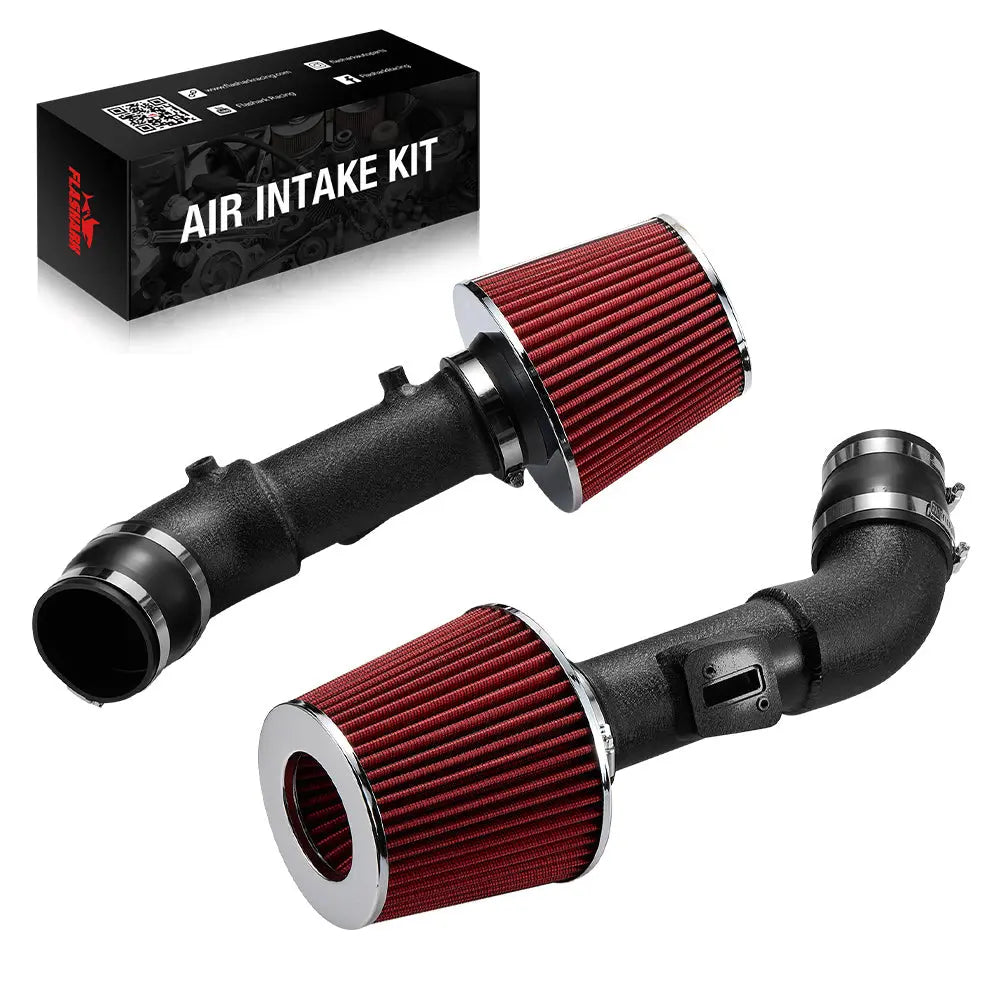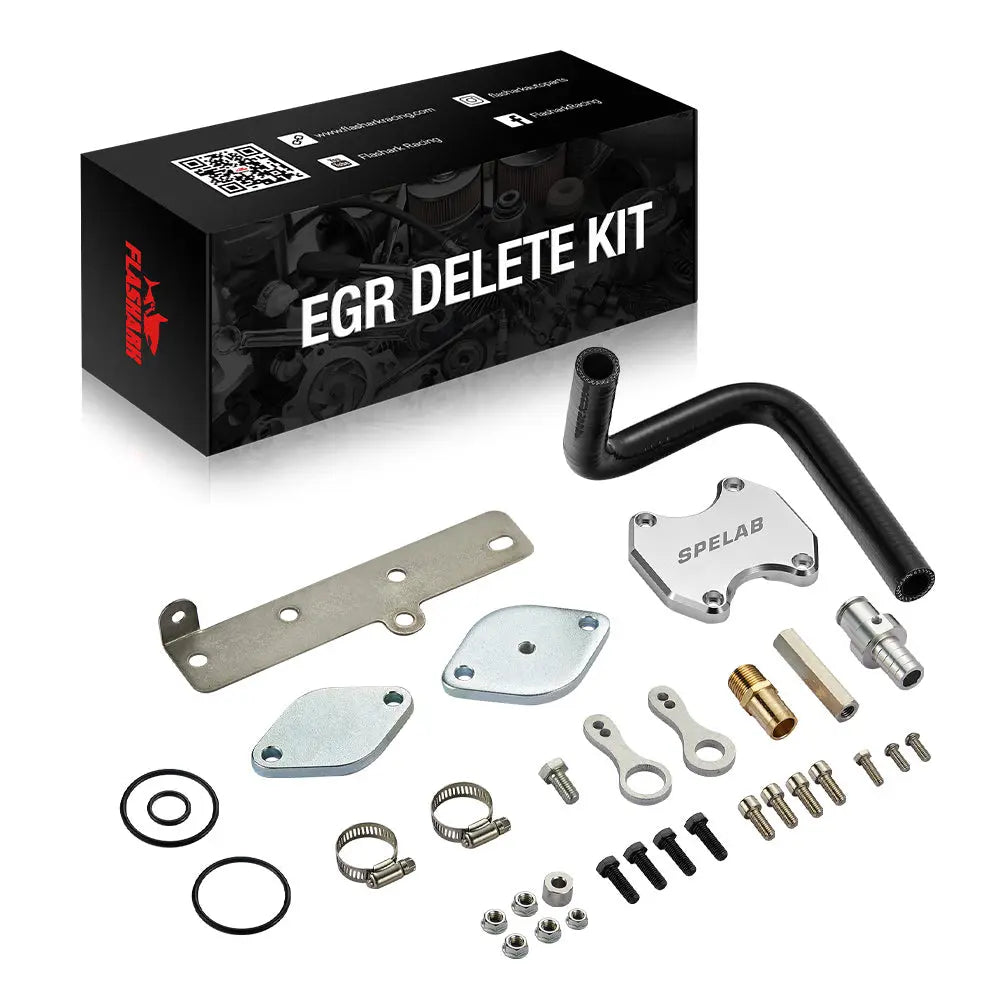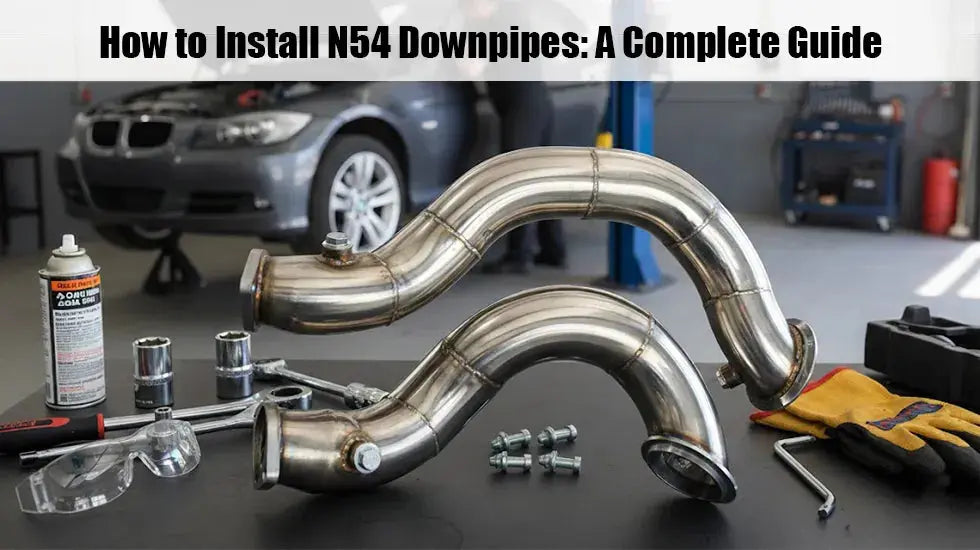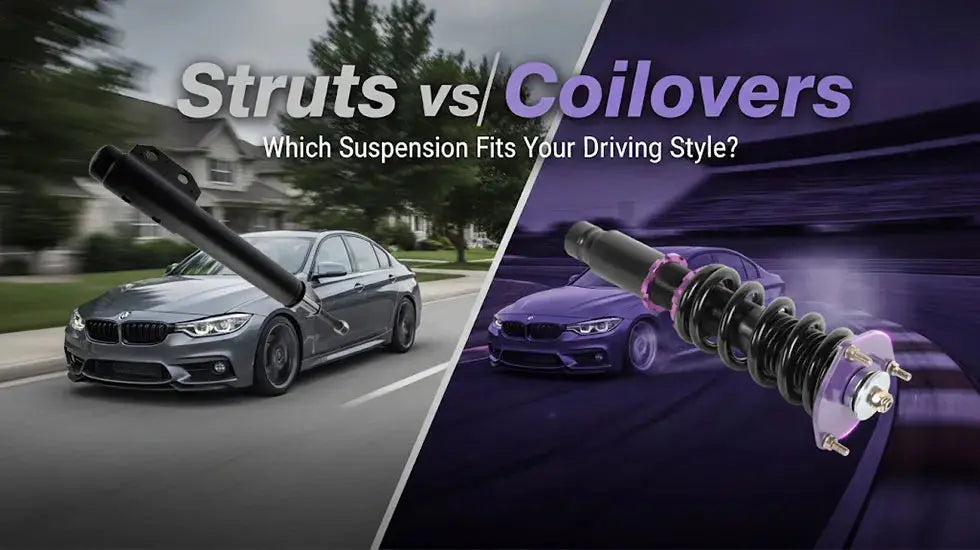The first performance enhancement that any car mechanic can suggest is a cold air intake. Those systems take in cooler, denser air from outside of the engine area to replace the warmer air that normally circulates around the engine.
Well, cooler air is denser in oxygen, which feeds combustion. Many times, this equates to an increase in horsepower and better throttle response. But there are so many misconceptions about fuel efficiency. Which begs the question, just about, from any car enthusiast, “Does a cold air intake increase fuel mileage?”
While these systems can enhance the efficiency of the engine, any improvements in fuel economy are usually quite modest and heavily dependent on driving habits.
Some believe that increased airflow automatically translates to increased mileage. They forget all about factors like increased usage of throttles since the engines are more responsive, which lowers fuel efficiency during high speeds.
Now, let's delve a little deeper into the science behind how cold air intake can change your fuel economy. So, let's fire the engine and get started!
How Much Does a Cold Air Intake Improve Fuel Mileage?
How much it helps depends on many things, and the results can vary with each car and different drivers. The best cases being yes, the cold air intake installation does improve the economy by 3-5 MPG in the case of a good intake system, with proper driving conditions.
In daily driving conditions, most drivers report a minor increase of 1-2 MPG. A few people hardly feel any difference, while others may even show a slight reduction in fuel economy.

Lots of things can impact the real-world fuel economy change with a cold air intake:
- Vehicle Type and Engine - Different vehicles and engine types have different effects. Older cars, for example, might be more affected due to the fact that their factory intakes are not as good.
- Driving Habits - Aggressive driving, such as speeding up hard and maintaining high engine speeds can nullify any savings on fuel. Driving more conservatively will help you realize the most out of a cold air intake.
- Driving Environment - The temperature, humidity, and altitude are factors that change air density. Thus, it changes the efficiency of a working engine and probably fuel consumption.
- Intake System Quality - A well-engineered cold air intake system means everything in the realization of gains in both performance and fuel efficiency. Poorly designed or installed systems may fall short of delivering expected gains.
How Does a Cold Air Intake Affect Engine Performance?
The immediate result of this is that cool air is denser - it has more oxygen molecules in the same volume. It is this additional oxygen that gives the engine better utilization of the fuel, and thus a more complete combustion.

This means a better burning process, more power, and less pollution. It would be able to develop more power with the same quantity of fuel, which means an increase in performance.
Another positive result of cooler air temperatures is that it reduces the possibility of engine knock or detonation because of the air-fuel mixture firing too early. This will provide more power with less straining of engine parts.
Can a Cold Air Intake Improve Fuel Mileage?
Well, the quick answer is-it depends! Cold air intakes are very often offered as a means of achieving much better fuel economy, but the facts are a bit more complex.
This means the cold air intake will provide a larger factor of increase for older cars with more restricted factory air intakes. A new intake system can allow the engine to take in more air so that the combustion of fuel is more effective.
Under ideal driving conditions, such as in high places where the air is cool, the cold air intake would support spending a little less fuel. In normal driving conditions, this advantage would be practically small. In most cases, cold air intake brings marginal fuel economy gains of roughly 1-2 miles per gallon.
Recommended Product: Flashark Cold Air Intake Kit
If you're ready to experience the benefits of a cold air intake, the Flashark Cold Air Intake Kit is an excellent choice for 2011-2016 Ford 6.7 Powerstroke Diesel F250, F350, and F450 models.

Key Features and Benefits:
- Enhanced Performance: Increases horsepower by 7-10% and torque by 6-8%.
- Durable Design: Made from lightweight T-304 aluminum with a polished finish.
- Improved Airflow: Maximizes airflow through the stock manifold system, delivering an intense, deep, sporty sound.
- Reusable Filter: Upgraded high-quality cone air filter is washable and reusable.
- Easy Installation: No additional parts needed; all mounting accessories are included.
Fitment:
This kit is specifically designed for the following models:
2011-2016 Ford F250, F350, and F450 with 6.7L PowerStroke V8 Diesel engines.
Benefits of Installing a Cold Air Intake
The cold air intake system installation significantly surges the working of a car engine and enhances it. Following are some key benefits.
- Improved Power and Torque - Due to the more efficient combustion process, the engine should be in a better position to return more power and torque, which should ideally translate into quicker acceleration, higher maximum speeds, and general driving performance.
- Long-Term Cost-Effectiveness - Although the initial cost of a cold air intake seems so high, in the long run, while considering consumption, it saves money.
- Better Air-Fuel Mix - A cold air intake is supposed to improve the mixture of air and fuel, hence making the burning of fuel efficient. This improves fuel economy, especially in certain driving conditions.
- Less Engine Stress - The cooler, denser air will reduce engine stress. Consequently, fewer maintenance problems will allow the engine to potentially last much longer. This can save a lot of money over a long period of time.
- Resale Value - Since a properly installed good cold air intake raises the resale value of your car, every car lover will love owning it.
Other Modifications to Enhance Fuel Economy
The cold air intake will make an engine run better and may save fuel as well. Other upgrades are added to it, increasing all of these advantages further.
A cold air intake will work better with a good exhaust system, which is supposed to enhance the exhaust flow. It would mean less back pressure and, hence, better fueling.
Engine tuning will also increase fuel efficiency along with power. This actually means the tuning of the engine to take full advantage of an increased airflow coming from a cold air intake.
Whatever the changes, periodic servicing becomes highly essential for good performance and fuel economy of the motor. The main maintenance includes:
- Oil Changes - It keeps the engine oily and running with regular oil changes.
- Air Filter Replacement -A new air filter can ensure proper airflow to the engine.
- Tire Pressure Check - This increases fuel economy and provides good handling.
- Fuel System Cleaning - Keeping the fuel system clean helps avoid performance problems and assists in saving fuel.
Is It Worth It?
It's rather a matter of preference, depending on what a person is concerned about and how he drives. If saving fuel is your main worry, a cold air intake might not be the best option. Think about other upgrades, like getting a better air filter or improving the engine's computer settings, which can provide bigger fuel savings.
If you’re ready to trade-off between performance and fuel economy, then a good quality cold air intake from a well-reputed firm would give a reasonable power gain without compromising much in the field of fuel economy.

